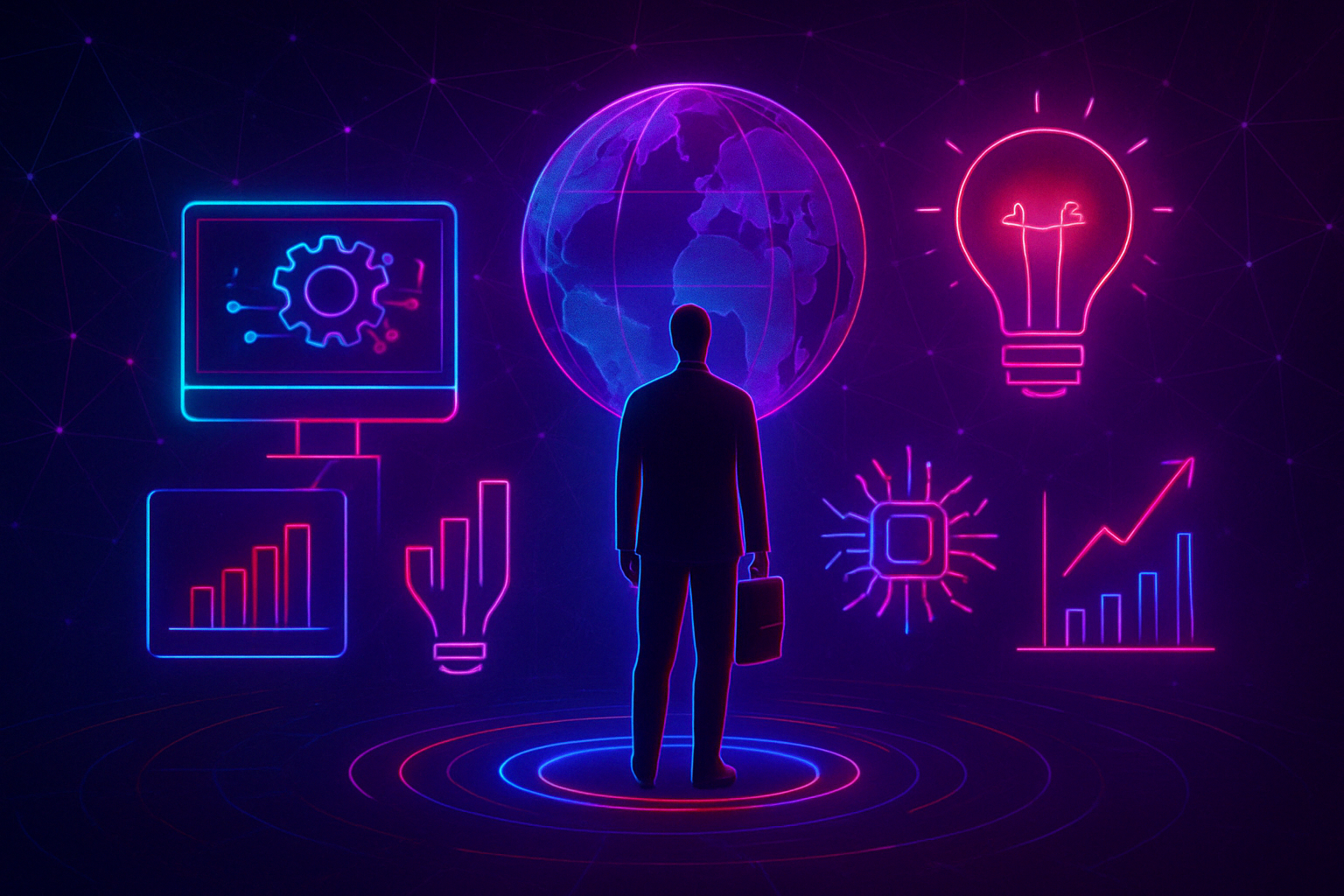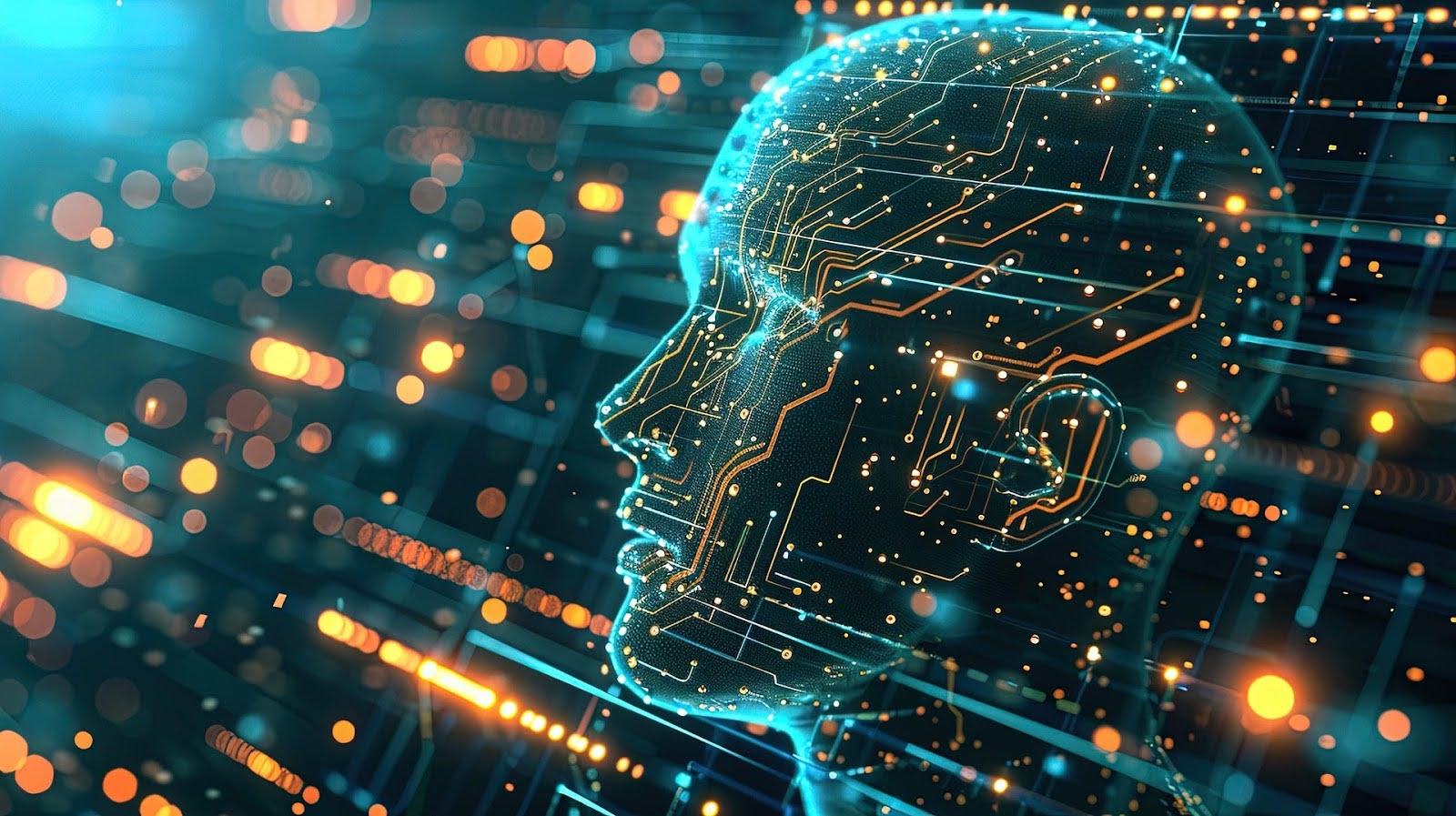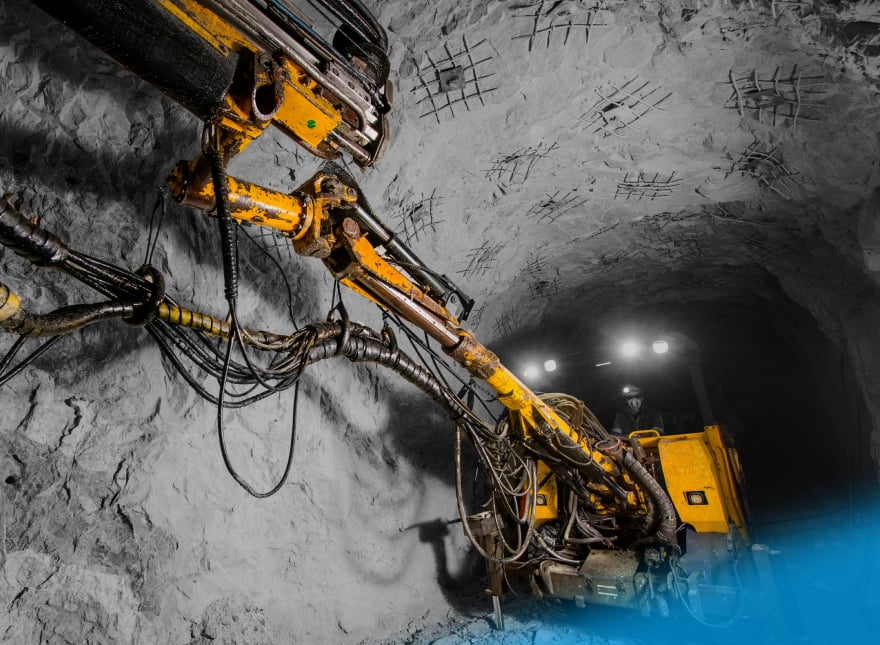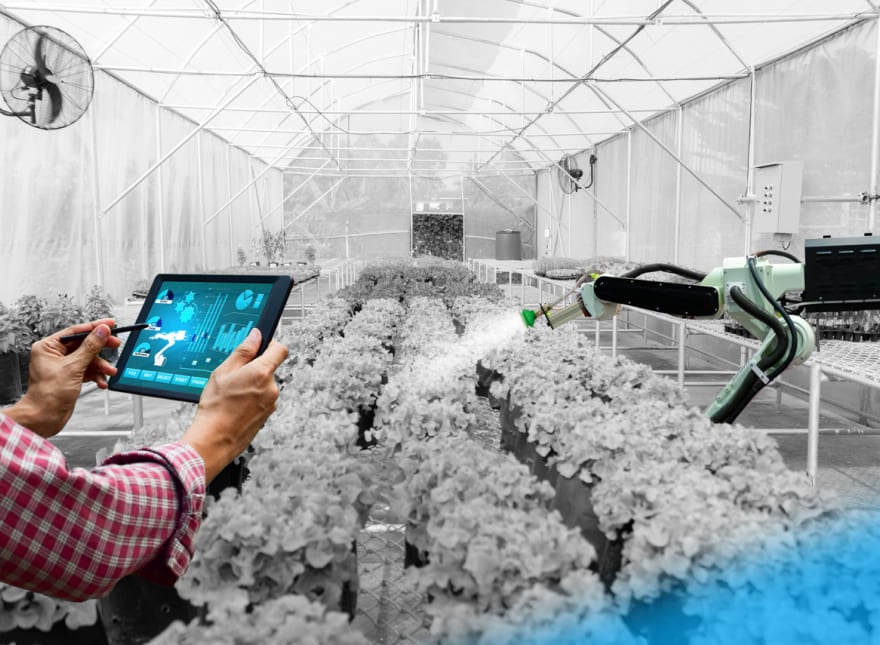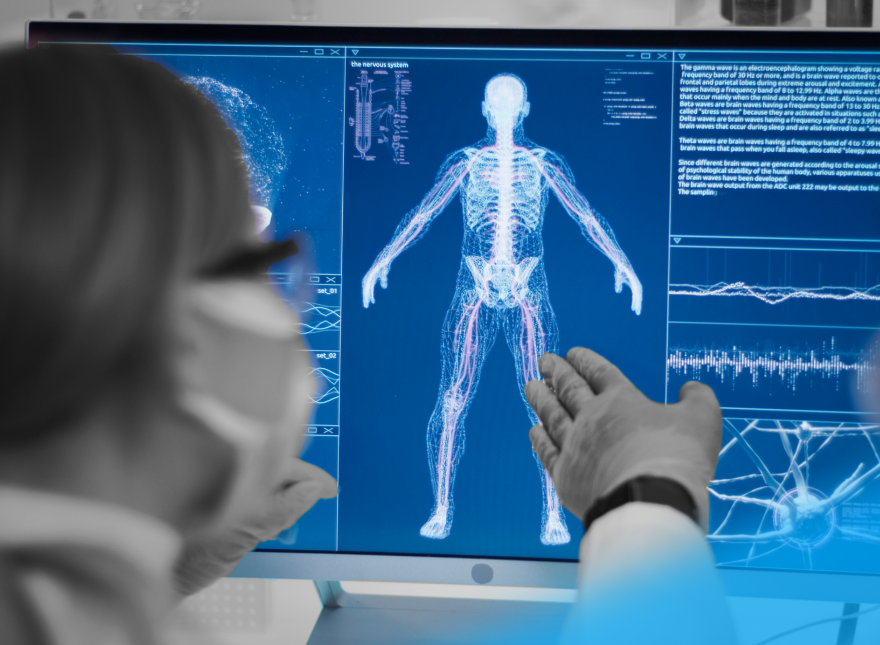Check out our latest blog article: From component to enterprise – modular robotics done right.
IoT in Media and Entertainment: Real-World Examples
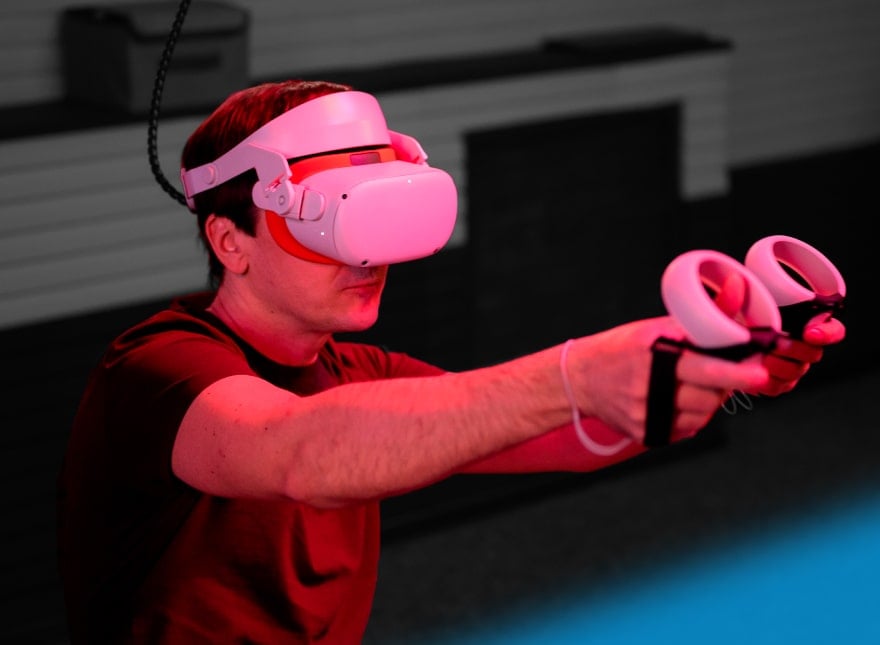
Imagine you own an entertainment park and want to grow its revenue. All you need to do is make it more appealing to visitors, and IoT can be a great helper here.
Equip the park with a smart ticketing system, and it won’t just track attendance but will also collect data that helps you get to know your customers better. Help visitors navigate your venue with beacon-powered messages sent to their phones—they’ll be back faster. You can also add interactivity with AR capabilities when you want to boost engagement with fans. These are just some of the perks IoT development services can offer.
Let’s take a closer look at the key IoT applications in this industry. Here are four real-case scenarios where IoT for media and entertainment has been used. Find your niche below.
Case 1. Delivering Personalized Content
IoT equips the media and entertainment industry with tons of consumer data, including ages, locations, and activities tied to consumption. This information can help businesses get to know their clients better and make their services more appealing and personalized as a result.
Take music platforms. They can offer relaxing sounds or party music depending on user activity, location, and listening history.
Predictive analytics is another powerful tech capability. AI helps forecast and understand user behavior to deliver tailored content. Media services like Netflix create personalized user profiles for individuals and family members. Through AI, they figure out what kind of content each family member likes. What’s more, machine learning (ML) is here to help find the relevant moments in video to integrate brands.
Digital signages can also make communication with customers unique. Proximity-aware displays sense human presence and trigger a message. It can be a 4K or 8K video wall coupled with an ad delivered to a smartphone. Such solutions can collect data about the people within a designated area, measure customer behavior, and feed this data to AI.
A beacon-powered mobile app is an example of sending personalized messages.
Additionally, there are IoT detectors that can analyze mood and suggest entertainment options based on this data. For example, you can use it to cheer up your sad customers.
Real-Life Example: A Smart TV with Personalized Features
Sky is one of Europe’s leading media and communications companies. It offers Sky TV, mobile TV, streaming, and other services to customers in seven countries. What’s interesting is that the company collects diagnostic data from its millions of TV devices. These insights help Sky improve user experience.
They also created a Sky Glass—a smart TV with personalized features. Thanks to personalization, users can create an endless playlist of shows based on viewing habits. An integrated voice assistant allows them to ask for personalized recommendations.
Main benefits
- Customized services
- More appealing content
- User behavior prediction

Case 2. Creating Targeted Advertising
IoT is a great helper for reaching target audiences. The technology makes it possible to track consumers across devices, revealing their behavior and context. Sensors can watch and measure light, sound, biometrics, and proximity. Then, this data can be sent to smartphones, wearables, smart TVs, or gaming consoles where these inputs can be acted upon.
The data collected, along with advances in data analytics and ML, will help tailor ad campaigns. For example, you can create detailed consumer profiles. All this makes ads more effective and reduces costs.
What’s more, proximity-aware digital signages can be effective in contextual marketing. They can broadcast the right ad to the right people at the right place and time.
We helped our client broadcast ads on digital signage installed in sports venues via a custom LTE device, for instance.
Real-Life Example: CTV Ads Targeted at the Person Level
Nielsen is an audience measurement, data, and analytics company. Their solution, Streaming Signals, helps connected TV (CTV) providers improve ad efficiency. The solution determines which individual viewer in a household is most likely to be in front of the CTV by looking at watching history and leveraging ML models. As a result, CTV operators can serve better targeted ads.
Main benefits
- Detailed consumer profiles
- Personalized ad campaigns
- Reaching more potential customers
Case 3. Creating Immersive Experiences
With extended reality (XR), you can create impressive experiences for the relevant target audiences. This helps improve brand awareness and engage with fans. Streaming companies, social networks, theme parks, and sports arenas can take advantage of augmented reality (AR) or virtual reality (VR) capabilities.
A live event that uses AR glasses is a good example here. AR is about placing 3D models into real situations and adding contextual information to glasses. Visual AR became mainstream with Pokemon Go and Snapchat filters. But there are also AR hearables. For example, an AR-powered voice assistant can point visitors in the right direction in an entertainment park.
Today, many global brands create devices that deliver immersive content. Consider AR glasses from Facebook, the add-on for XBOX 360 Kinect from Microsoft, and the AR player from Amazon. AR entertainment apps bring paintings and art objects alive and transform classic theaters. The technology also helps with the study of musical instruments and enables you to watch gigs and performances at home.
Real-Life Example: AR-powered Disney Parks
AR helps Disney parks boost their engagement with visitors. During the lockdown period, they came up with snap selfies with Minnie and Mickey Mouse. The company has recently patented a virtual world simulator, which will introduce a digital world with animated characters. No headsets, glasses, or phones are needed. Multiple projectors will create 3D imagery at higher frame rates per second at various park locations.
Disney also collaborated with Snap to create the virtual Cinderella Castle Mural of Memories. Visitors can pin their photos to the mural when they’re in Magic Kingdom Park.
Main benefits
- Improved fan engagement
- Brand awareness
- Consumer interest stimulation
Case 4. Smart Venue Management
IoT in media and entertainment brings advantages to venue operators. Tech advancements help operators watch assets, track attendance, and even improve security.
Watching assets with RFID tags and controlling access with biometrics is convenient in practice. By equipping the venue with high-resolution cameras, it’s possible to gather demographic data and other data from visitors. For instance, venues can use cameras to see how spectators react to ads and thereby improve ad campaigns.
Another technology, BLE, can help with notifications for visitors. Beacons can trigger proximity-based messages to compatible devices—for example, when visitors enter the venue.
Real-Life Example: Recognizing Faces at Stadiums
Alclear is an American technology company that owns the biometric secure identity platform, Clear. The platform verifies identity through the eyes and face. Stadiums can use the platform to run a smart and fast pass system. Additionally, sports fans can take selfies and upload them to their accounts so the system can recognize their faces later.
Main benefits
- Asset tracking
- Attendance tracking
- Improved security
Bottom Line
IoT equips the media and entertainment industry with reams of data. It helps companies understand user behavior and offer services users will like. The technology also provides robust tools that collect and analyze tons of inputs. Emerging technologies like AR and VR are here to help both emerging startups and mature enterprises exceed customer expectations. You just need a development partner to deliver high bandwidth content on a global scale, and Softeq could be your company of choice.
More articles on the topic
